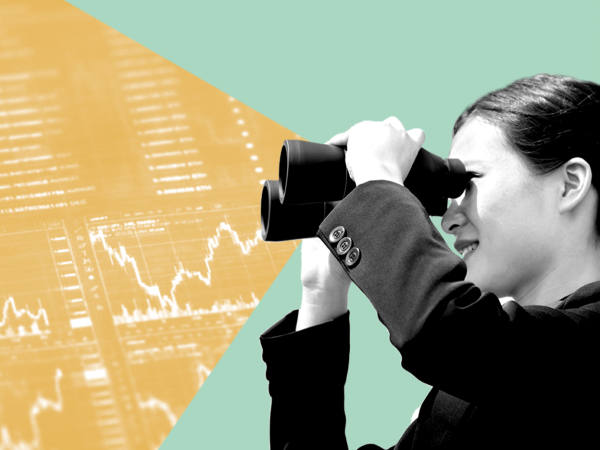Expectations of a rising US interest rates could intensify next week, with news that inflation is still high. Although Thursday’s numbers could show that consumer price inflation has dipped slightly from last month’s 7 per cent, the core rate (which excludes food and energy) might edge up above 5.5 per cent, which would be its highest since 1982.
That, however, should be around the peak. Inflation should fall from the spring onwards as last year’s price rises drop out of the numbers; as supply constraints ease; and as demand slows in part as rate rises take effect.
Figures from China will give us another reason to expect inflation to drop. They could show that although growth in the M1 measure of the money stock is picking up, it is still so low as to predict only weak economic growth – which in turn points to weak demand for raw materials and hence falls in their prices.
It’s not just CPI inflation that is likely to fall from a high rate this year, though. The same could be said of UK house price inflation. The Halifax could report on Monday that this has risen above 10 per cent, thanks to some strong rises in recent months despite the ending of the stamp duty holiday and fall in mortgage approvals. A big reason for such price growth is simply a lack of supply. While this could continue to support prices, rising mortgage rates this year should at least reduce their rate of growth: historically there has been a close link between interest rates and house price to earnings ratios.
Friday could bring us disappointing news on the UK economy, with real GDP likely to have fallen in December as the Omicron variant reduced spending in shops, pubs and restaurants and caused staff absences generally. Growth for the quarter as a whole, however, should be healthy, at over 1 per cent, with both consumer and capital spending rising well. That would, however, still leave real GDP slightly below its pre-pandemic level, and further below the level it would be at if the pre-pandemic trend growth had continued.
How much growth we’ll see in 2022 is, however, uncertain: higher interest rates, tighter fiscal policy and the fall in real wages are all headwinds. And next week’s numbers will remind us of another headwind – weakness in the eurozone. Although official German data is likely to show a small rise in industrial production, this would leave it still well below its peak, which was reached as long ago as 2018. That’s a reminder that the country has structural obstacles to growth, not just cyclical ones.










